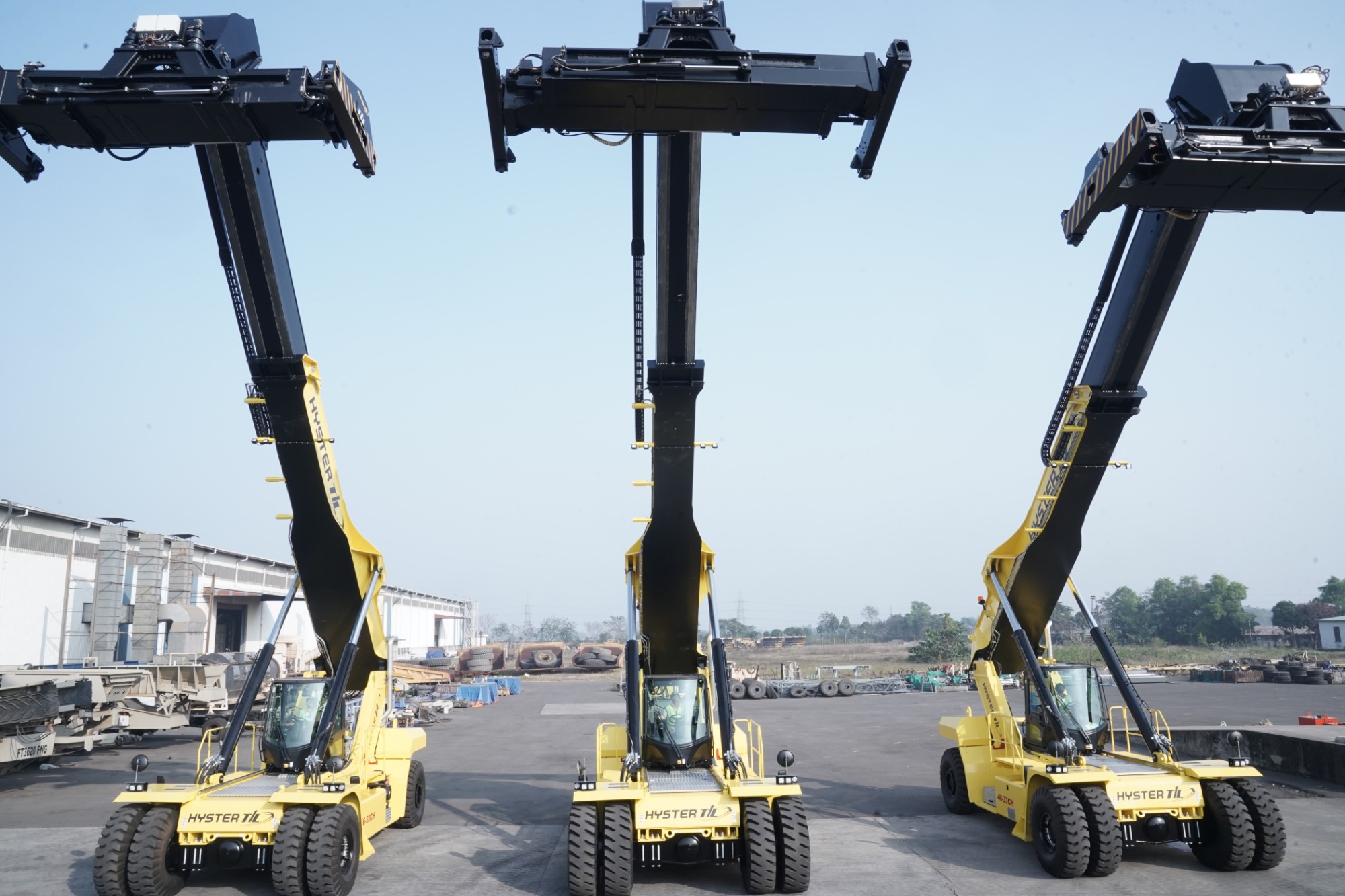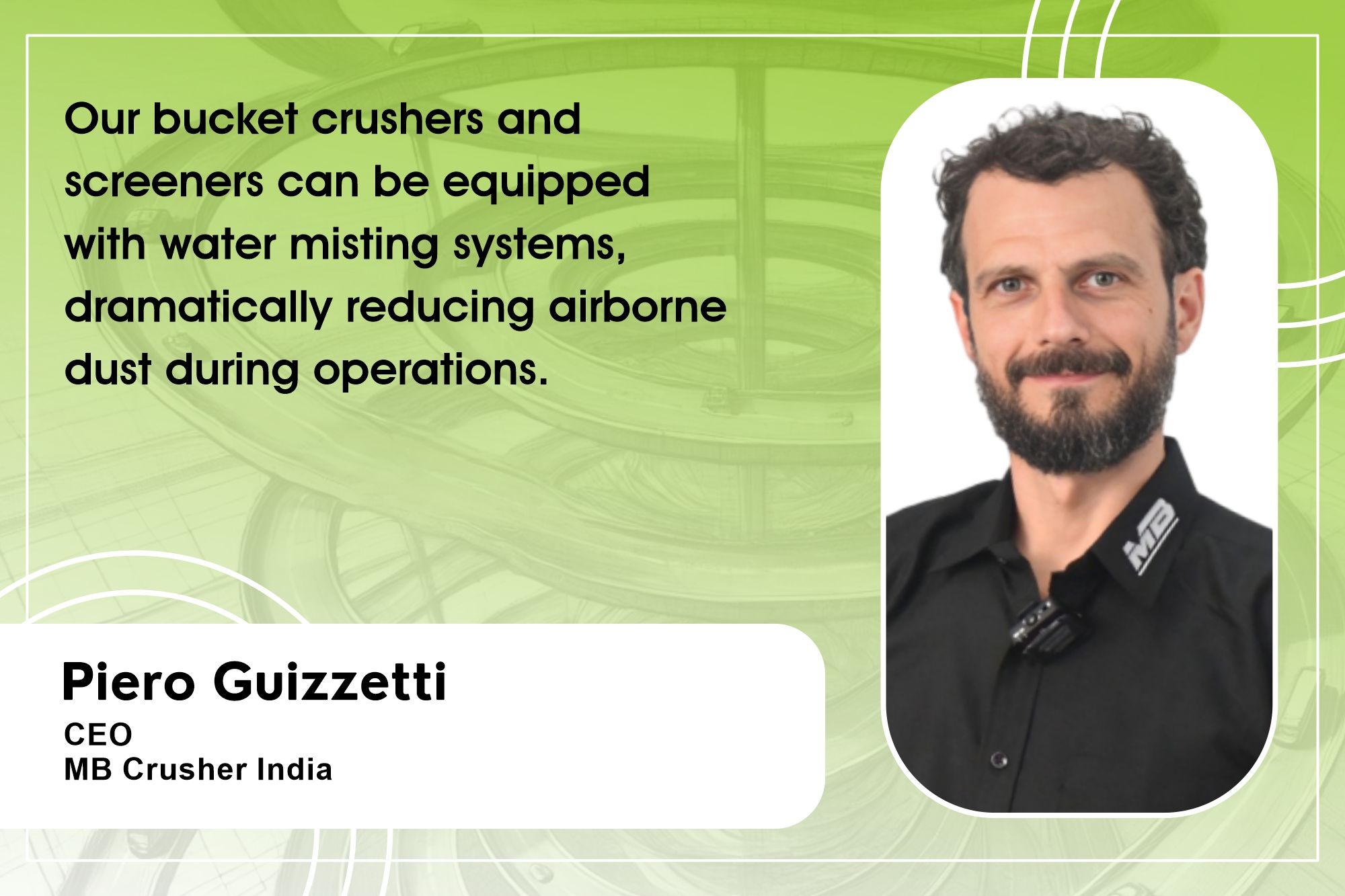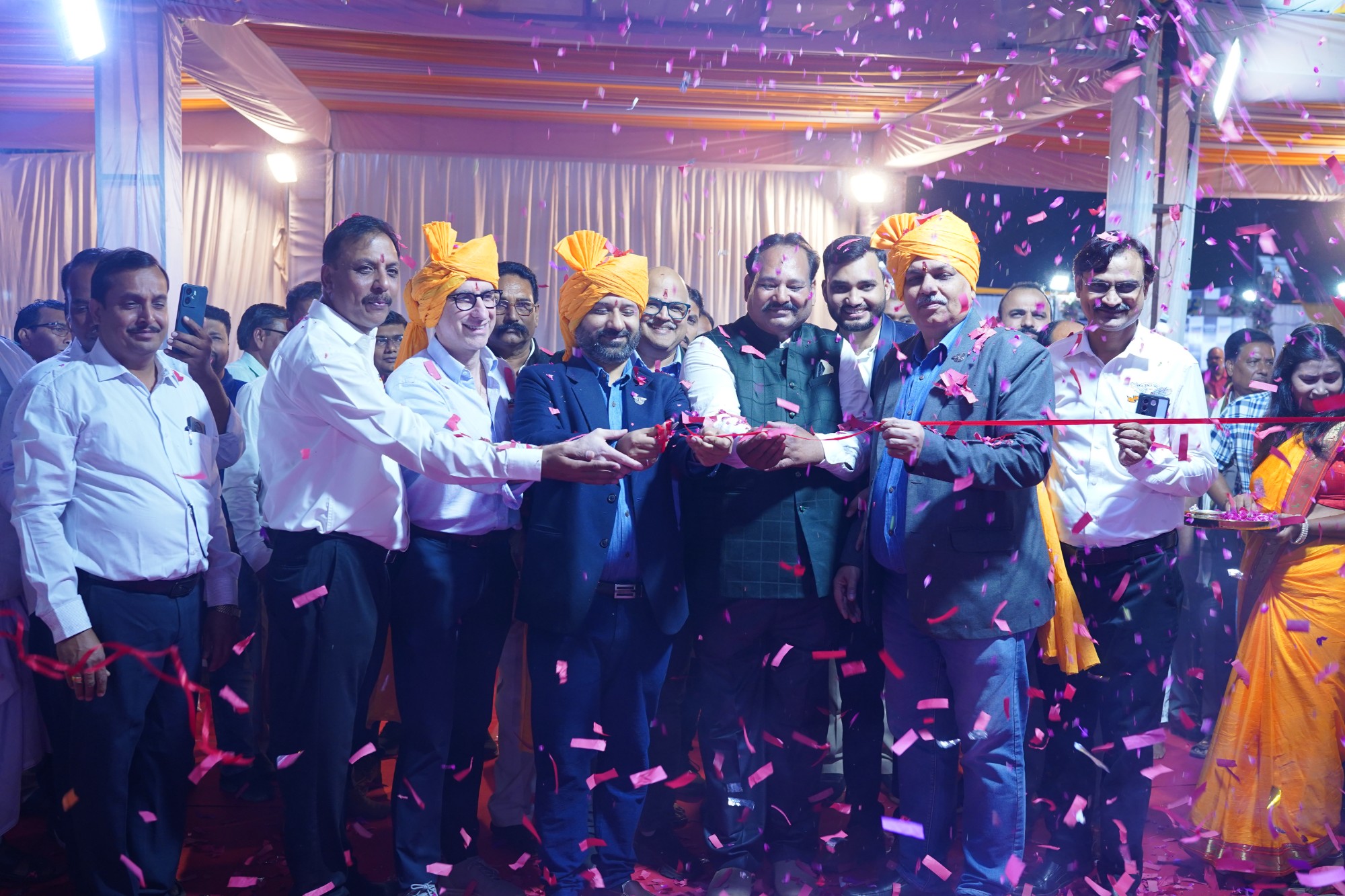Setting up of crushing plant: design and layout considerations
By Edit Team | August 21, 2014 6:07 am SHARE

In mining operations, the layout of crushing plants is a crucial factor in meeting production requirements. This article addresses some essential factors to be considered while setting up a crushing plant
T he fundamental goal for the design of a crushing plant is an installation that meets the required production requirements, operates at competitive cost, complies with today’s tough environmental regulations, and can be built at a reasonable price despite the rising costs of equipment, energy and construction labour. The following industry trends must be taken into account:
• Equipment suppliers are offering ever-larger primary crushers, with 1,800 mm gyratories expected soon, as well as secondary and tertiary machines of up to 3,000 mm
• Rising energy costs are causing owners to increase the integration of mine and mill design, so that they can identify ways of reducing overall electrical power consumption
• Electronic control of crusher discharge opening and feed rate. With adjustment of a crusher’s discharge opening, as the production continues through an on-line coarse size analysis of the crushed product
• More attention is being paid to the impact on crushing circuit design caused by variations in ore characteristics, size distribution, moisture content, ore grade and climatic conditions
• Operators have always dreamed of reducing the need for crushing equipment.
There are three main steps in designing a good crushing plant: process design, equipment selection, and layout. The first two are dictated by production requirements and design parameters, but the layout can reflect the input, preferences and operational experience of a number of parties. These can include the owner’s engineering staff, safety personnel, operations and maintenance personnel, equipment manufacturers, and the engineering consultant. Ideally, the consultant combines his knowledge and experience with an understanding of all parties’ needs, to provide a balanced, workable, safe and economic plant design.
Design parameters
The principal design parameters that drive crushing plant selection and configuration include production requirements, capital expenditure and operational expenditure, ore characteristics, safety and environment, project location, life of mine/expansion plans, operational considerations, maintenance requirements and climatic conditions.
“Capital expenditure (CAPEX) depends on the market requirement and project requirement. In case of projects of NHAI and state highways the crushers have to be near to the formation to control the cost of the project,” says V Venkataramana, Vice President, Puzzolana Machinery Fabricators.
Locations and environmental impacts
Especially for quarrying, blasting is required and it needs to be away from the village and also to follow all safety norms to be adhered as specified by the Mining and Geology department.
“The environmental departments are very strict these days and lots of policies are being reviewed and reformed between the Central and State Government,” observes R S Raghavan, Managing Director, Proman Infrastructure Services Pvt. Ltd. “This has badly impacted issuance of new crushing licences and expansion of existing ones across India.”
In case of crushing the pollution control norms should be followed to suppress their born dust and noise pollution. Today crushers are designed with dust sealing systems, however the dust coming and the transfer points of conveyors to be controlled. Proper forestation norms also should be followed for green evaluation.
“Department of Mines and Geology decides the mining zones and allots the land on long-term lease for putting up the crushing plants,” points out Mr Venkataramana. “Other than that, plants can be set up in the areas which are approved by the Environmental Department. They are required for mining/quarrying and the plant should be located in an area away from mining zone.”
Maintenance requirements
Plants must be designed for ease of access and maintainability if they are to meet their production goals. Keeping maintenance requirements to a minimum help achieve higher overall operating availability.
Scheduled preventive maintenance at crushing plants involves a number of elements, including crusher wear parts, screen decks, feeder wear parts, conveyor skirting and adjustment, oil and lubrication, conveyor belt repair, visual inspections, electrical and instrumentation adjustments.
Provisions must be made for overhead cranes to remove and replace crusher wear parts. Supports must be provided for gyratory and conveyor main shafts and laydown space for the cone crusher bowls is essential. Some operators carry a complete spare screen and change out for major screen maintenance. Trolleys, jib cranes and pull points should be designed to facilitate equipment maintenance. Oil and lubrication systems should be centralised and designed for easy automatic changes, with provisions for well-ventilated centralised lubrication rooms where possible. Conveyor head chutes should be designed for easy access and conveyor belt change areas should be provided.
Maintenance personnel should have easy visual and rapid access to screen decks for panel replacement. Designers should work with the screen manufacturers to ensure that covers provide good access for working on screens.
Screening facilities must meet rigid dust emission requirements. It may be necessary to custom-design covers that minimise emissions and provide easy access to the screen.
Current solutions
Today it can be observed that automation and electronic display and controls have been incorporated into crushing and screening plants. Both preventive and break down maintenance of the crushing systems have do’s and don’ts. Let us see what are the services being offered today by current players in the industry.
“We offer training to customers’ operators at our factories in assembly and accuracies in fitment. We also provide training the customers in economic and cost-effective operation procedure” informs Mr Venkataramana. “We also update on the developments in technologies of the crushers to our customers. We also train them in hydraulics and electronics/electrical and provide on job training at our sites.”
“Proman provides services to the infrastructure industry like roads, RMC, ports and dams,” shares Mr Raghavan. “We have the knowhow and technology to offer turnkey crushing and screening solutions to the basic industries such as aggregates and sand, iron ore, dolomite, limestone, bauxite and steel slag abrasive. We are excelling in manufactured sand and high quality aggregates. We have established our products in the Middle East, Africa and commenced exports to America as well.”
Whereas Puzzolana also takes up the contracts for following four operating matters:
• Spare parts on cost/tonne basis
• Operation and maintenance per tonne basis
• Periodic check and maintenance contracts on annual basis
• Lifetime support through extended warranties.
Expansion opportunity
According to Mr Venkataramana, as the new government is focusing on the infrastructure and power projects and mining, it is expected that there will be a growth in the crushing and screening industry by beginning or middle of year 2015.
“We have augmented our existing capacities by adding additional space and facilities,” informs Mr Raghavan and comments on the company’s growth strategy. “We want to focus on adding value downstream in the crushing and screening field and working with customers in niche areas like industrial minerals, fine aggregates and sand. Now we are aiming a future expansion by providing innovative crushing solutions through our partners overseas.”
As the government of India is having mining zones and allowing big size plants and 300TPH primary stations so that mining is under control and all other crusher owners receive boulders for feeding to their plants. This policy is expected to result into controlled mining with safety measures, reduction in transportation of odd size boulders to plant sites. Small crusher manufacturers can definitely grab this opportunity.
We have the knowhow and technology to offer turnkey crushing and screening solutions to the basic industries
R S Raghavan, Managing Director, Proman Infrastructure Services Pvt. Ltd.
In case of projects of NHAI and state highways the crushers have to be near to the formation to control the cost of the project
V Venkataramana, Vice President, Puzzolana Machinery Fabricators
Cookie Consent
We use cookies to personalize your experience. By continuing to visit this website you agree to our Terms & Conditions, Privacy Policy and Cookie Policy.




































-20240213125207.png)

























